5 Surprising Synth Impostors: Beware of Mistaken Identity!
Shocking impostors from Oberheim, Akai, Sequential, Crumar, and more!
When is a Crumar really a Moog? When it’s a synth impostor! That story and four more in this roundup of synthesizers with mind-blowing origin stories.
Synth Impostors
For most synthesizers, what you see on the badge is what you get. You buy a Sequential synth, you expect that, for the most part, it was the Sequential team that designed it. Likewise, an Oberheim or Akai. But this isn’t always the case. For any number of reasons ranging from company buyouts to cross-manufacturer consultancies, your favorite synthesizer may not have been made by the company on the tin. I call these synth impostors.
Today, let’s celebrate these odd-synth outs, these synth impostors. I should stress that I’m not criticizing these keyboards in disguise. Far from it! In many cases, the instruments featured here were made by some real geniuses – they just happen to be geniuses not usually associated with the manufacturer on the box.
Here are five of my favorite synth impostors. Do you know any others? Tell us about them in the comments.
Many of the products posted here are available at Thomann*.
Synth Impostors: Crumar Spirit
In 1983, Italian synthesizer manufacturer Crumar released the Spirit, an analog monosynth with a number of unusual features, including two signal paths, dual filters, and a unique arpeggiator. Unfortunately, it reached the streets after the Yamaha DX7, and if there was any lingering need for an analog mono by this time, the full-on digital power of the DX7 completely obliterated it. It sold fewer than 100 models and quickly faded from view.
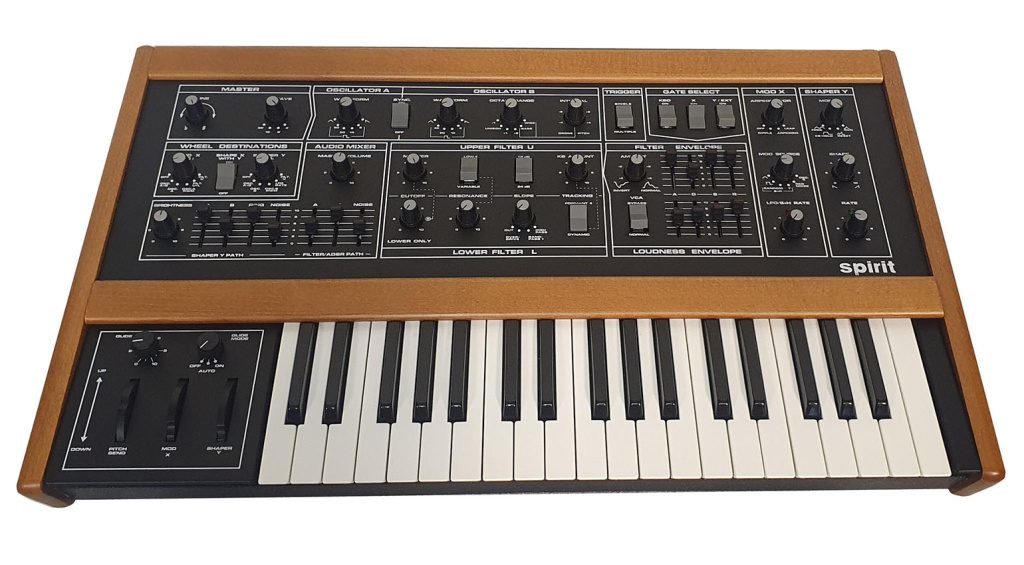
More’s the shame, as the Crumar Spirit was, for all intents and purposes, a Moog synthesizer. Developed in the United States by Moog engineer Jim Scott (who worked on none other than the Minimoog, among others), Moog clinician Tom Rhea, and Bob Moog himself, it incorporated elements from other synths by Scott and Moog. Coming across like a dream synth (“What if we did this…?”), the Spirit is all the more precious for what it could and should have been: an enormous success.
That’s not the end of the story, though. Crumar re-released the Spirit in 2023 in limited numbers, and Cherry Audio has also now made a software version of the Spirit, the most direct (and affordable!) way to get your hands on this special synth impostor.
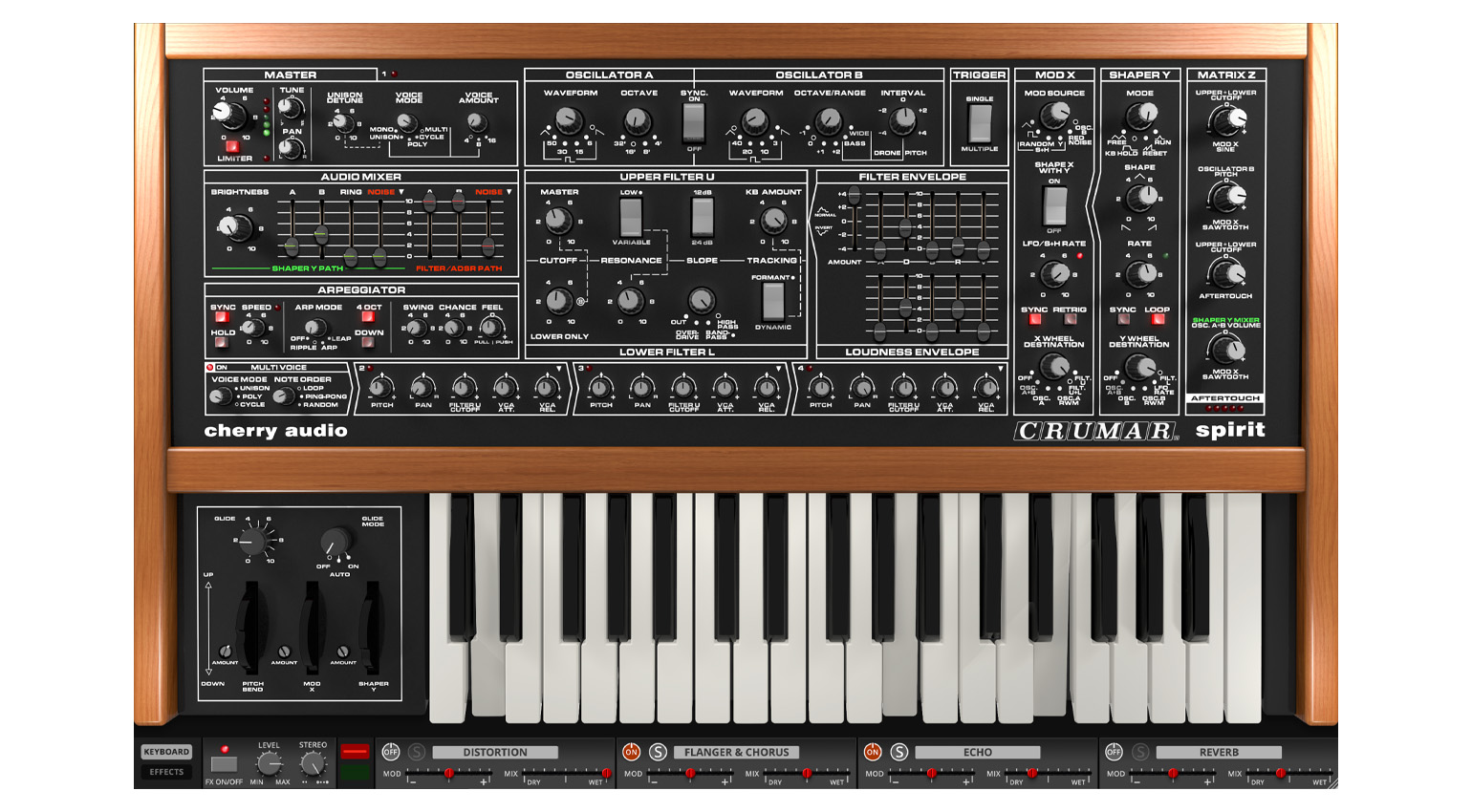
Synth Impostors: Oberheim OB-Mx
When you see the name Oberheim printed on a synth, you probably think that the instrument bears some circuit design from the man himself, with maybe some help from one of his many collaborators, like Marcus Ryle or Dave Smith. But what if I told you that the Oberheim OB-Mx features none of them, not even Tom, with Don Buchla involved instead?
In 1985, Oberheim Electronics declared bankruptcy and was acquired by a group of lawyers. By 1988, when the company became insolvent again, Tom was gone, and Gibson stepped in to run things. Headed by Keith McMillen (later of Keith McMillen Instruments, which recently rebranded as Muse Kinetics after his untimely passing), the new Oberheim set to work on an analog synthesizer, the OB-Mx.
A rack-mountable module, it looked very much like a classic SEM in color and design. However, inside it was anything but, with a two-voice architecture (expandable up to 12 voices), both SEM and Moog Ladder filters, four envelopes per voice, plus layers and splits. By all accounts, the OB-Mx is a real monster of an analog synthesizer.
And while it may not be a Tom synth, it is in fact a Don synth. The OB-Mx was one of Don Buchla’s final designs and also featured input from D.N. “Lynx” Crowe, who wrote the firmware for the Buchla 400 and 700 machines. “It had some amazing features, expandable voice cards, but didn’t really have that Oberheim sound,” said Drew Schlesinger, who wrote some of the presets for it, on his Instagram.
And then of course there’s the Italian-designed virtual analog OB-12, but that’s a story for another day.

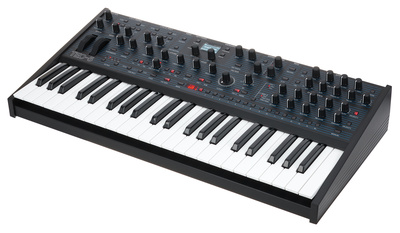



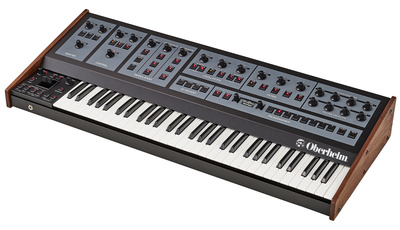

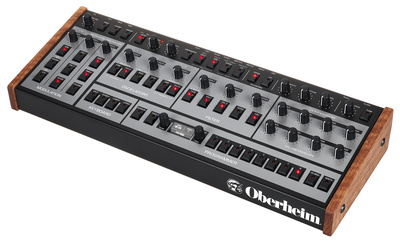
Synth Impostors: Rhodes Chroma
The demise of ARP is a long and involved story (see our history on the company for more), but it boils down to one word: Avatar. Unchecked investment into R&D for the ill-fated guitar synthesizer left the company unable to continue, with parts getting sold off to other musical instrument companies. CBS purchased the rights to the Chroma, a polyphonic analog synth under development at the end, resulting in one of the more successful synth impostors on this list.
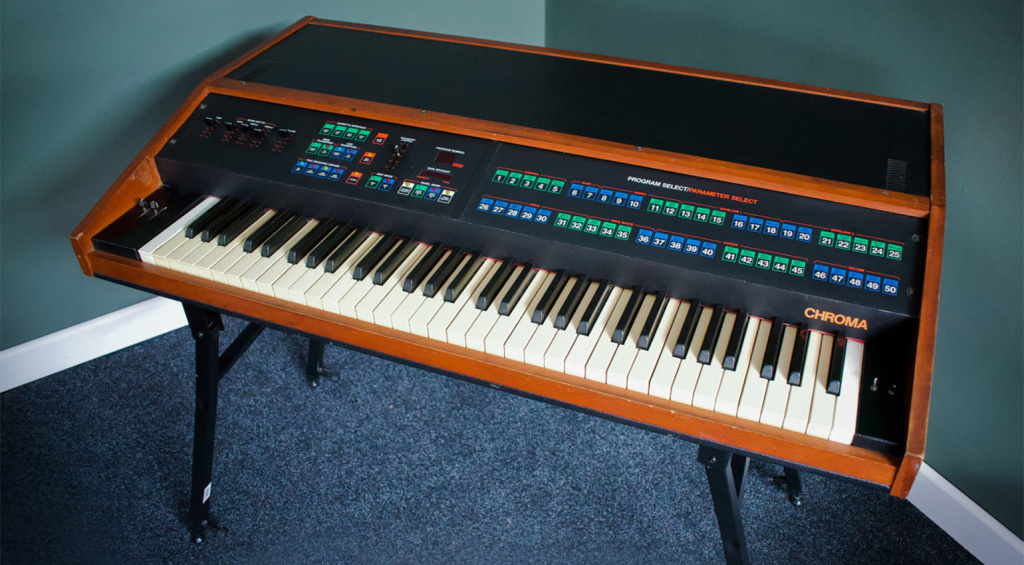
Bringing over the Chroma’s chief developers Philip Dodds, Paul DeRocco, and Tony Williams, the 16-voice poly offered a number of design elements that were firmly ahead of their time, including software control (ground breaking for 1982), an internal semi-modular patching structure, an Apple IIe interface card and sequencing software, and membrane switches, which went on to influence synthesizer design through their adoption by Yamaha for the DX7. There was also a keyboardless expander version.
The Rhodes Chroma was expensive, but that didn’t stop big names like Herbie Hancock and Joe Zawinul from buying it. If you want to try it out for yourself but don’t have Herbie-level bucks to throw around, the fine folks at Cherry Audio have done a remarkable job recreating it in software.
Fender would follow up the instrument with the Chroma Polaris in 1984.
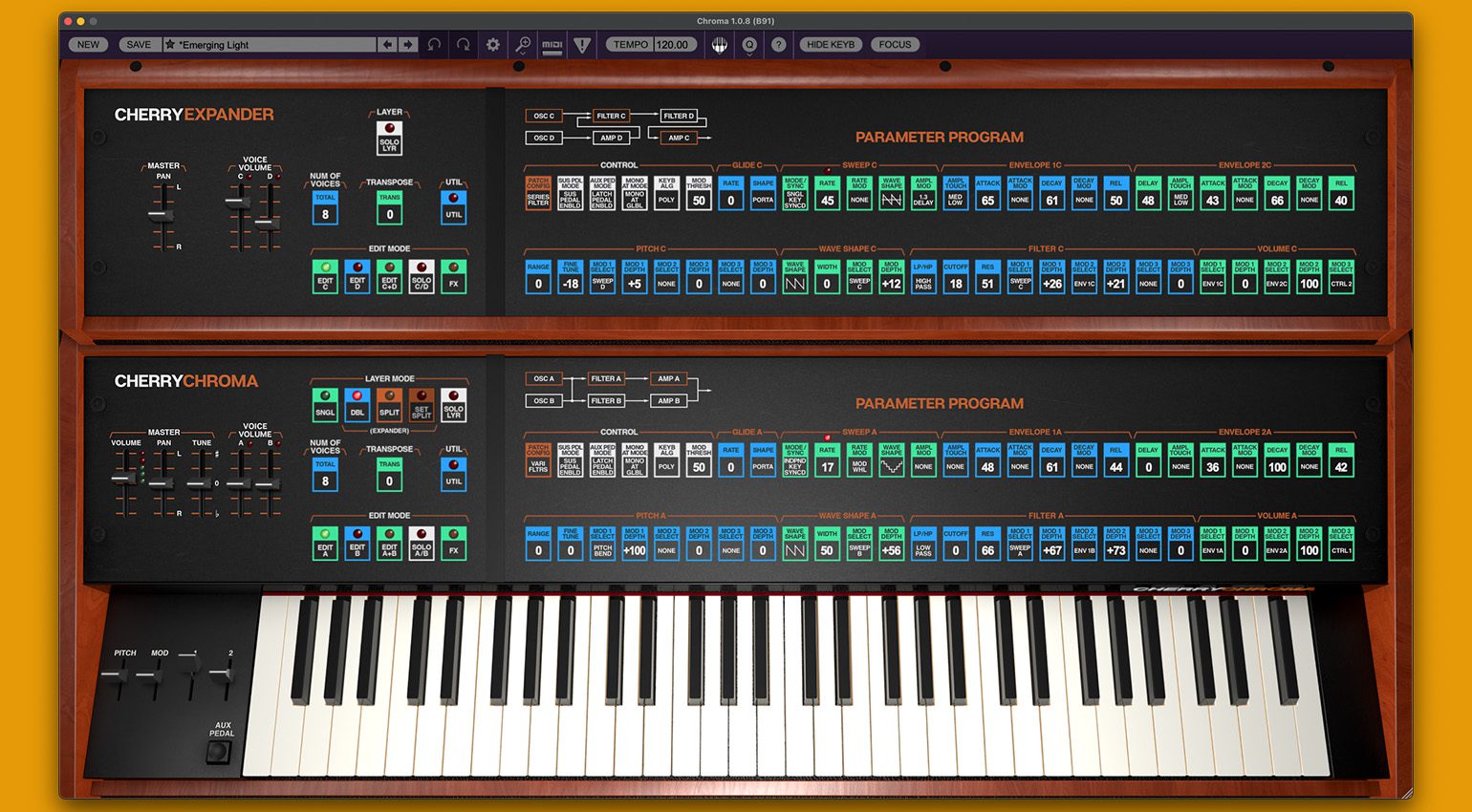
Synth Impostors: Akai Miniak
Strap in, as they say, because this is going to be a wild ride.
In 2003, Alesis released the Ion, which followed the company’s Andromeda A6, providing a virtual analog alternative to the latter’s world-beating analog circuitry. Surprisingly fat-sounding, the Ion was a hit amongst the crowded early-2000s VA market. As synth companies are wont to do, Alesis soon put out a cut-down version of the Ion known as the Micron. Well, seemingly cut-down, as, although it lost almost all of the hands-on control of the Ion, the Micron gained a sequencer, drum machine, and effects.
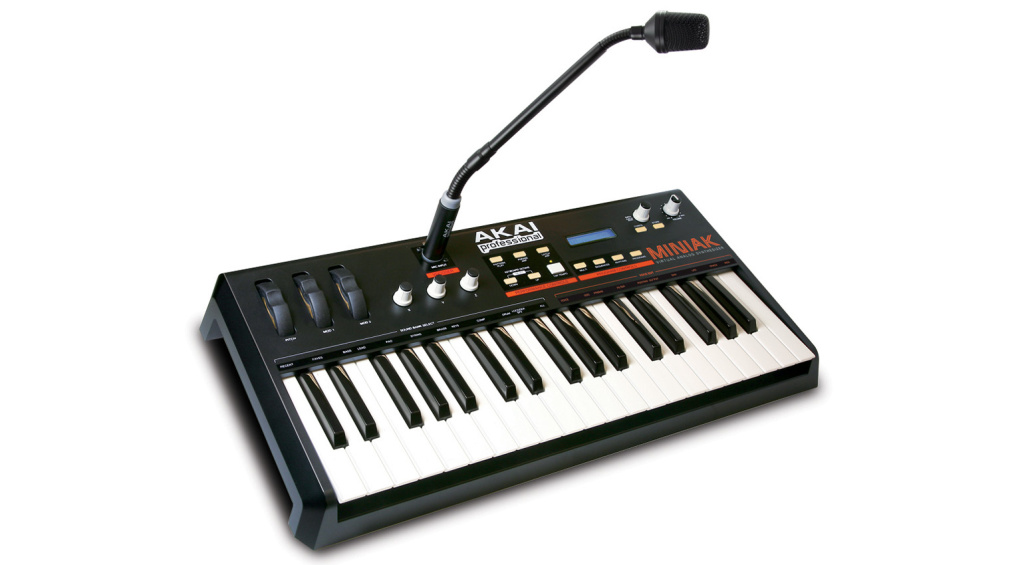
But that’s not what we’re here to talk about. The synth impostor part of the story comes next. At the time, both Alesis and Akai were owned by Numark. With Alesis’ synth cred fading, in 2009, Numark decided to re-release the Ion under the Akai brand. Dubbed the Miniak, it kept the OS intact, changed up the controls a bit, and added a gooseneck microphone for the vocoder. The catch? The Ion was still on the market.
All of the many versions of this synthesizer are easy enough to find on the used market. Go for the Ion if you like controls, the Micron if all you need is the sound, and the Miniak if you’re a sucker for synth impostors.

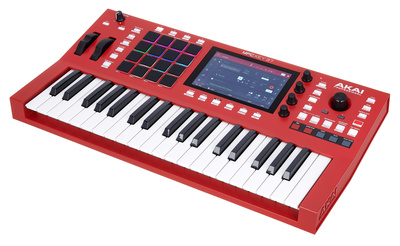
Synth Impostors: Sequential Circuits Split-Eight
No, not Sequential, I hear you say. Unfortunately, Sequential Circuits also had a case of synth impostor on its hands – and through no fault of its own.
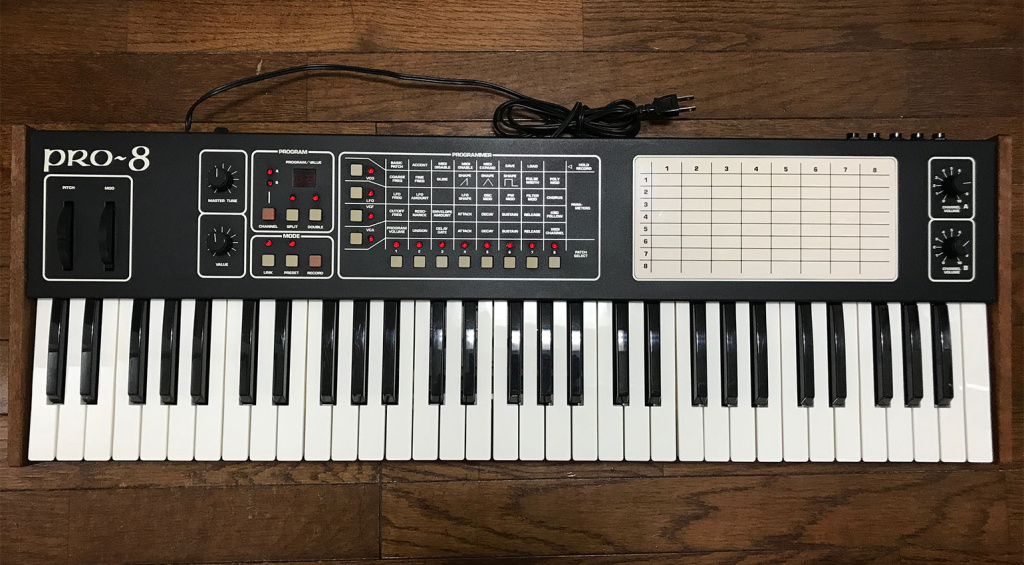
In the mid-1980s, quite a few American synthesizer companies contracted with Japanese outfits to manufacture their instruments in Japan, a booming market at the time. Unbeknownst to Sequential, its contractor Moridaira developed a synthesizer on its own, based on designs borrowed from the Six-Trak. Called the Pro-8, it was a dual-layer analog poly synth based around the Curtis CEM3394, the synth on a chip.
Intended as a Japan-only instrument, it featured some very un-Sequential design choices, including a grid-style programming section, separate volume knobs for each layer (but oddly no master volume), and, strangest of all, a slate for marking programming information with a grease pencil – despite the fact that it had memory.
Sequential was completely blindsided by the synth, even more so when Moridaira wanted Sequential to distribute it in the US. After a few design tweaks and a name change to Split-Eight, it came out in the US in 1986 and was the last analog synthesizer to bear the Sequential Circuits name.

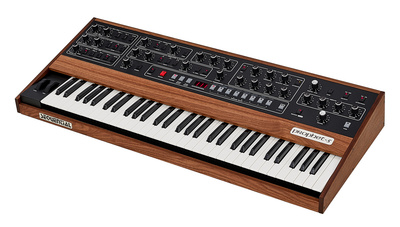

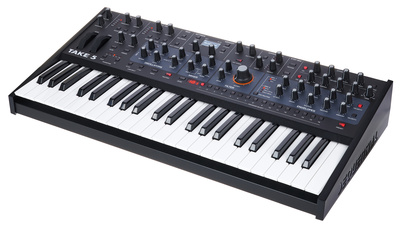

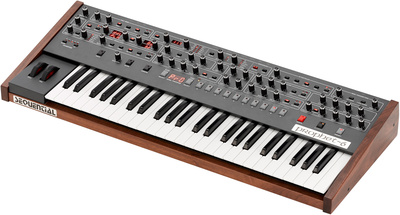

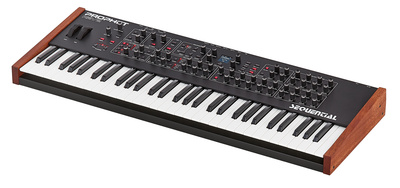
More Information
*Note: This article contains advertising links that help us pay for this site. Don’t worry: the price for you will always be the same! If you buy something through these links, we will receive a small commission. Thank you for your support!
2 responses to “5 Surprising Synth Impostors: Beware of Mistaken Identity!”

 4,2 / 5,0 |
4,2 / 5,0 | 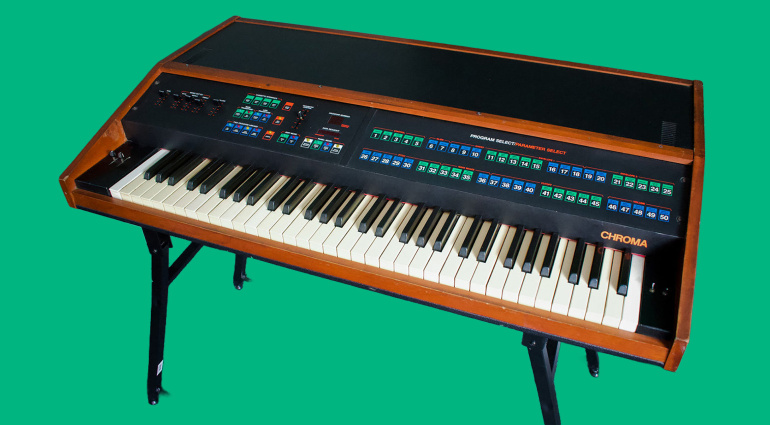



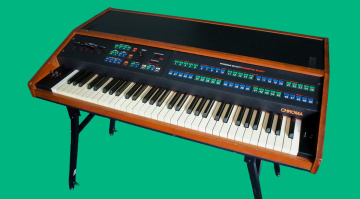

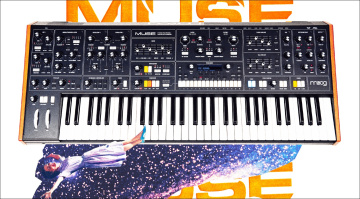
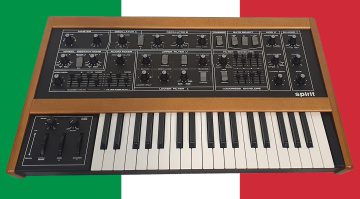
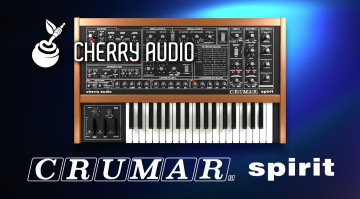
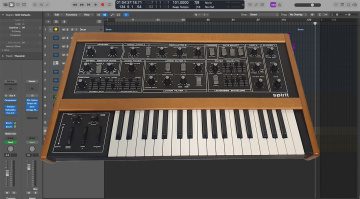

C’mon guys. You NEVER miss a chance to have affiliate links in a story, lol. Even if it’s a stretch that they’re related, like the AKAI Professional MPC Key 37 being linked to the AKAI Miniak bit of the article.
Just wanted to add that the Alesis Ion was supposedly built to be sort of a digital equivalent to the Alesis Andromeda A6, and having spent a bit of time programming both the A6 and the Miniak, I can say there are definitely some similarities. Both go pretty deep, but without a software editor for the Miniak or Alesis Micron, they (Miniaks and Microns) are a pain in the ass to program!
Hey thanks for linking to my Crumar video!